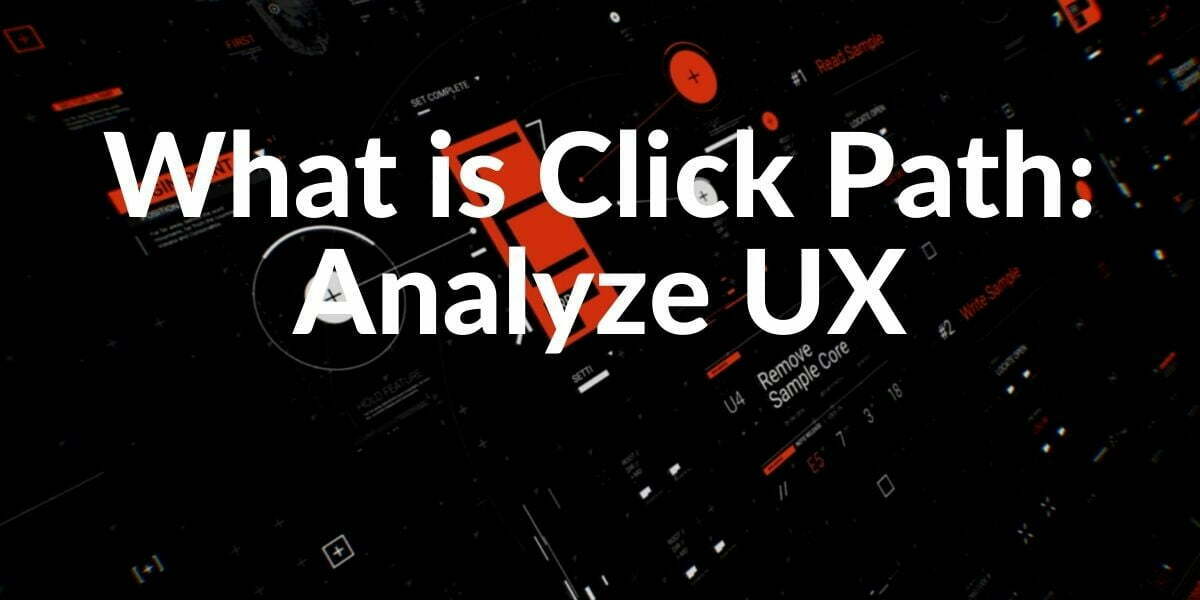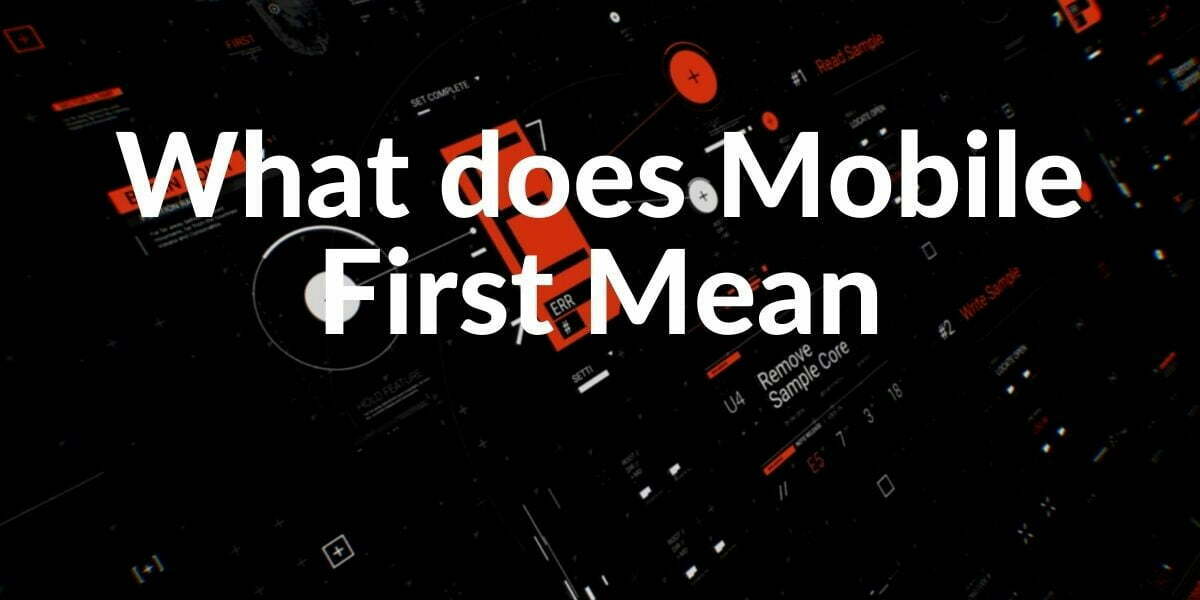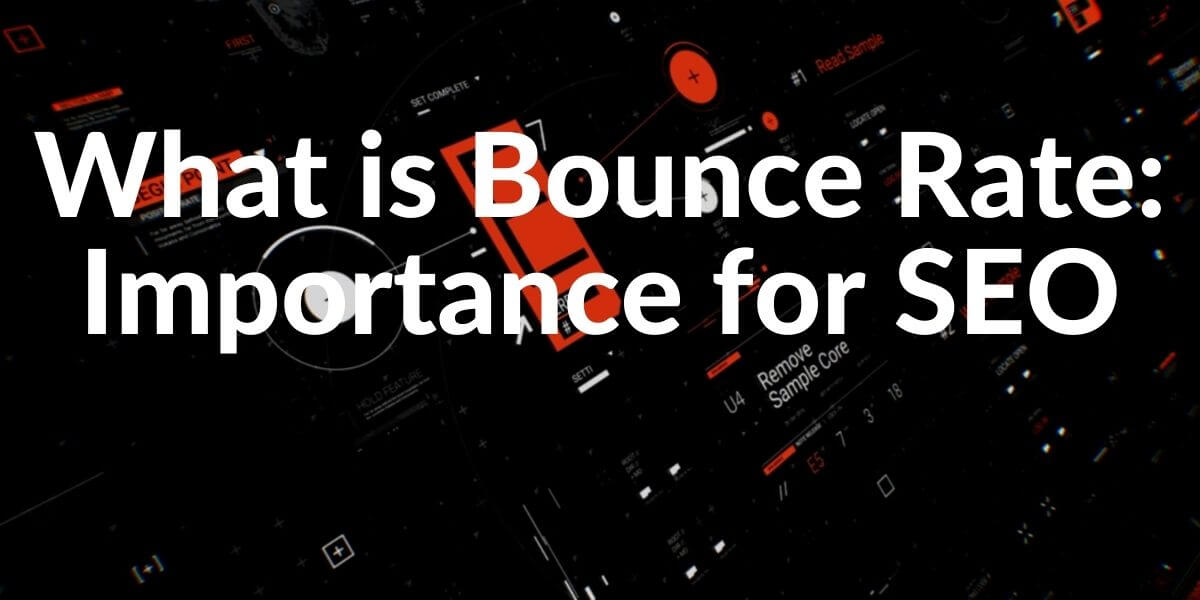The click path describes the individual clicks that a user makes on a website in order to reach a specific destination. The click path plays a role above all in terms of conversion optimization. The analysis of click paths gives website operators useful information about the referrer, the bounce rate on the entry page, and on the following pages, the length of stay and the number of pages that the user visits. The click path is often an important KPI for e-commerce. A click path can refer to several pages or to a single page. When a new step or click is registered depends on whether an event tracking is carried out or the paths are reconstructed based on the URLs accessed.
The analysis of a user’s click path provides a lot of useful information for website operators. If both the average length of the click path and the elements that encourage the user to jump are known, websites can be optimized for these factors. Among other things, this optimization leads to a higher conversion rate.
Related Articles to Learn More Information on the topic:
CLICK PATH ANALYSIS
The analysis of click paths gives website operators useful information about the referrer, the bounce rate on the start page and on the following pages and the length of stay as well as the number of pages that the user visits.
In addition, in the case of commercial websites, a share of the generated revenue can be assigned to each page in the click path. This enables a more precise control of the marketing measures on the basis of the calculated contribution margin. The length of the click path is therefore an important key performance indicator (KPI) for e-commerce. If the average length of the click path from the start page to the completed transaction is known, the entire website can be optimized for this information.
The adaptation of the shopping cart also plays a role in the context of conversion optimization. By analyzing the click path, elements can be identified where customers jump off and cancel the purchase. These elements can then be minimized or optimized. The shopping cart can also be redesigned by embedding test seals or online ratings.
A click path can refer to several pages or to a single page. When a new step or click is registered depends on whether an event tracking is carried out or the paths are reconstructed based on the URLs accessed. The latter only gives website operators information about which pages were visited, but not about which elements the user clicked or navigated to on the corresponding page. This information can only be registered through event tracking.
Optimize Click Path
When navigating within a website, users orient themselves among other things on text content, on links, and on navigation elements. Whether the paths are good or bad depends on what you have previously defined as the ideal path. If this ideal path deviates greatly from the typical user habits, then your website does not seem to serve the desired purpose.
But be careful: “Ideal way” is not the same as the “only way”. There are usually many different ways to convert, which are influenced not only by the website structure but also by influences such as the search intent, the source or the device type. You must therefore first find out which paths lead to conversion very often and then try to adapt the other paths accordingly.
The click path optimization in the shopping cart or in the ordering process is particularly important. The exit of the user within the ordering process is particularly problematic because in this situation he has already decided to buy. The willingness to buy was there, only the shop structure ultimately prevented the purchase.
The optimization of the click paths includes possible with A / B tests. After a test phase, it can be determined which of the two paths delivers better results with regard to the ideal path to conversion.
Meaning of the length of the click path
In general, short click paths are important for a commercial website such as an online shop or an online service provider, not only in the ordering process but also within the offer. You should, therefore, ensure that the page architecture does not have too many levels. This is not only in the interest of the user, but also offers advantages in search engine indexing.
The situation is different for informative websites such as news portals. Income is primarily generated by advertising. The user should, therefore, be kept on the website as long as possible by cleverly linking levels of the same and different hierarchies so that as many ads as possible can be presented to him on this click path.
MEANING FOR SEARCH ENGINES
Both the length of stay and the bounce rate is important ranking factors for the placement of the website within an organic search. In addition, the quality and length of the click path for the search engine can also be important indicators of the relevance and seriousness of a website. It should be noted that a page depth of more than four levels can have a negative impact on usability as well as on the evaluation of the website. In e-commerce, this problem can be solved, for example, by offering filter options.
High Bounce Rate doesn’t necessarily mean bad user experience or a depromotion for rankings, to learn more, you can read our “What is Bounce Rate?” article.
A long click path can have a positive effect on search engines because the associated long length of stay speaks for the relevance of the page. However, the page should not have too many hierarchy levels. Because neither users nor search engines like that. Ideally, the navigation structure (the menu structure) of the page is designed so that the user receives the most important information as quickly as possible, if possible directly from the start page. In online shops, this is achieved through carefully selected product filters, so that in principle the user only has to go from the higher category to the desired product selection.
- Sliding Window - August 12, 2024
- B2P Marketing: How it Works, Benefits, and Strategies - April 26, 2024
- SEO for Casino Websites: A SEO Case Study for the Bet and Gamble Industry - February 5, 2024


